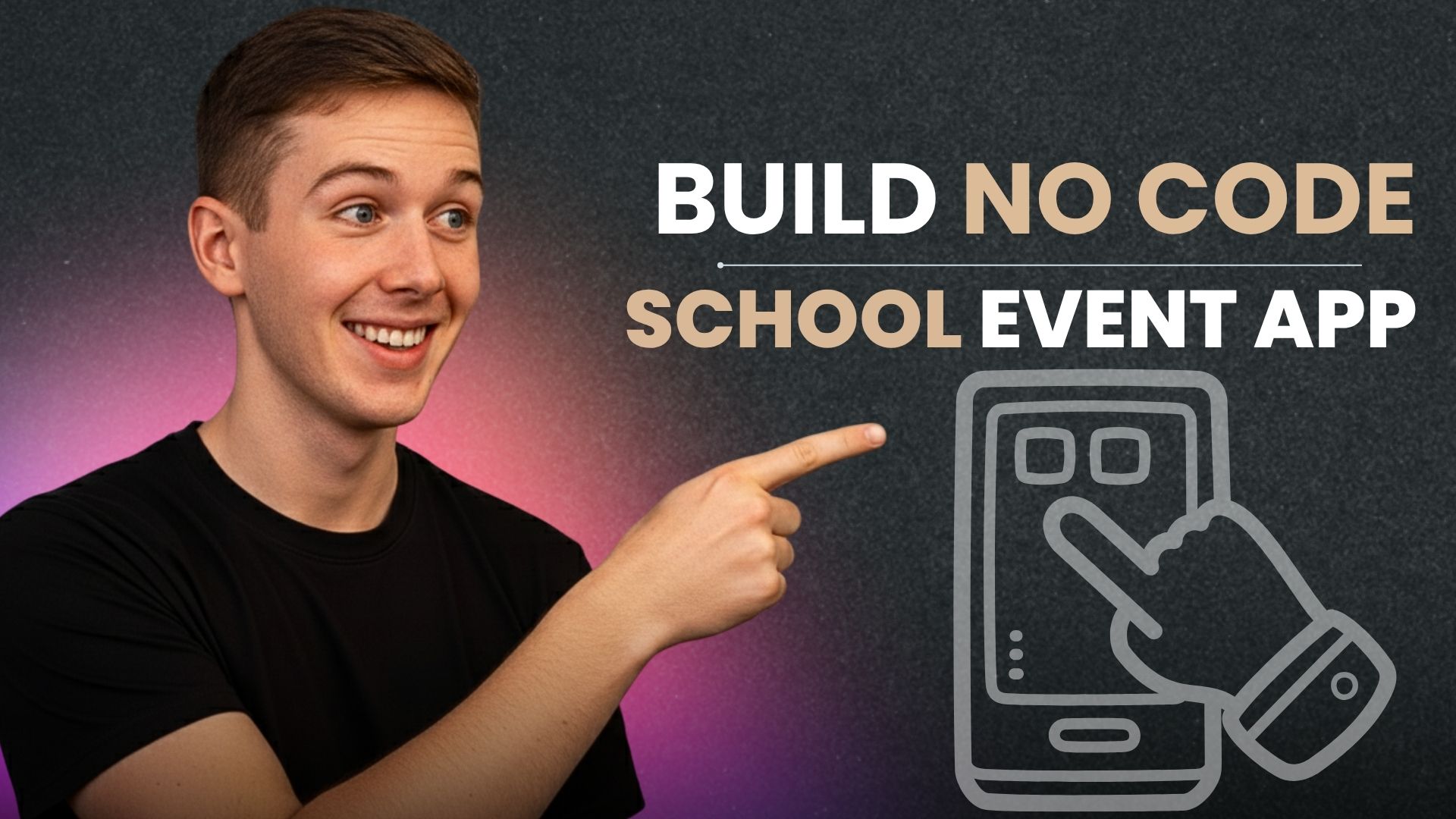TL;DR
- AI tools are fundamentally transforming web design, moving beyond automation to truly assist in creative processes.
- Generative AI empowers designers to rapidly prototype, iterate, and personalize web experiences with unprecedented speed.
- No-code AI platforms democratize web design, allowing even non-technical users to build sophisticated sites.
- Integrating AI enhances user experience, SEO, and overall project efficiency, freeing designers for higher-level strategic work.
- The future of web design lies in a collaborative human-AI approach, leveraging AI for optimization and scalability.
The Dawn of a New Era in Web Design

For years, web design has been a meticulous dance between creativity and technical execution. From sketching wireframes to coding intricate CSS, the process was often lengthy and iterative. Then, a new player entered the arena: Artificial Intelligence. I vividly remember the day I first experimented with an AI-powered design tool, and honestly, it changed everything. It wasn’t just another automation; it was a partner that fundamentally altered my approach to web design, making it faster, smarter, and infinitely more creative.
Before, the idea of an AI “designing” felt almost sacrilegious to a craft that prides itself on human intuition. But the reality is far from replacing human creativity. Instead, these tools act as powerful co-pilots, handling repetitive tasks, generating variations, and offering insights that accelerate the entire design process. This shift isn’t just about efficiency; it’s about unlocking new levels of innovation for designers and empowering a new wave of creators to build AI websites without code.
From Concept to Creation: The AI Advantage
The traditional web design pipeline often involved extensive brainstorming, manual mockups, and then painstaking conversion into code. This is where AI truly shines. With a few prompts or existing content, these tools can generate initial designs, layouts, and even entire website structures in minutes. This rapid prototyping capability is a game-changer.
Accelerated Prototyping and Iteration
Imagine being able to present multiple design concepts to a client in the time it used to take to create one. AI tools can generate diverse visual styles, color palettes, and typography suggestions instantly. This allows for quicker feedback loops and more agile development. Instead of spending hours adjusting pixels, I now focus on refining the AI’s output, ensuring it aligns perfectly with the brand’s vision and user experience goals. This approach has also been pivotal in helping solo entrepreneurs build SaaS apps in record time, bypassing traditional development bottlenecks.
Personalization at Scale
One of the most powerful aspects of AI in web design is its ability to facilitate hyper-personalization. AI can analyze user data to dynamically adjust content, layout, and calls-to-action, creating a unique experience for each visitor. This goes far beyond simple A/B testing; it’s about creating truly adaptive interfaces. For instance, an e-commerce site could use AI to recommend products based on browsing history and real-time behavior, optimizing conversions. This level of dynamic content generation is key for modern web applications, as explored in guides on AI-driven personalization for no-code web apps.
Enhanced User Experience (UX) and Accessibility
AI isn’t just about aesthetics; it’s also a powerful ally for UX. Tools can analyze user flows, identify pain points, and suggest improvements to navigation and content hierarchy. They can even help ensure accessibility standards are met by identifying potential issues with color contrast, font sizes, and semantic HTML structure. This proactive approach to UX design leads to more intuitive and inclusive websites. Understanding user behavior is critical, and AI can provide insights far beyond what manual analysis can achieve, helping us utilize heatmaps to understand user behavior more effectively.
No-Code AI: Democratizing Web Design
Perhaps the most profound impact of AI in web design has been its convergence with no-code platforms. This combination has democratized website creation, enabling individuals and small businesses to build sophisticated online presences without writing a single line of code. Suddenly, the barrier to entry for launching digital products has plummeted.
Platforms that integrate AI allow users to describe their desired website, and the AI generates a functional starting point. This empowers a new generation of “citizen developers” who can focus on their business logic and content, rather than getting bogged down in technical details. This is especially beneficial for those looking to launch their SaaS in 30 days with a no-code action plan or build a web app without coding at all.
SEO Optimization and Content Generation
Beyond design, AI tools are also revolutionizing content creation and SEO. They can analyze keywords, identify content gaps, and even generate compelling copy that is optimized for search engines. This ensures that the beautiful websites created are also discoverable. By automating aspects of AI content generation for marketing, designers can focus on visual storytelling while the AI handles the textual heavy lifting. Moreover, AI can help in crafting AI landing page generators that are both visually appealing and conversion-optimized.
The Future is Collaborative: Human-AI Partnership

My journey with AI in web design has solidified one belief: the future isn’t about AI replacing designers, but rather about AI augmenting their capabilities. Designers will become more like orchestrators, guiding AI tools to bring their visions to life with unparalleled speed and precision. This partnership allows us to tackle more complex projects, experiment with bolder ideas, and deliver exceptional value to clients.
For those looking to dive deeper, exploring AI website design no-code guides for beginners is an excellent starting point. The ability to build AI apps without code is no longer a futuristic concept but a present-day reality. This paradigm shift also extends to broader business automation, where AI can automate various business tasks, making operations smoother and more efficient. Even creating a simple AI portfolio website without code is now within reach for creative professionals.
The AI tool that changed my approach wasn’t just a piece of software; it was a catalyst for a new way of thinking about creativity, efficiency, and possibility in the digital landscape. It allowed me to move from being a mere builder to a visionary, leveraging powerful technology to realize designs that were once only dreams. The revolution in web design is here, and it’s powered by AI.
Frequently Asked Questions
What kind of AI tools are used in web design?
AI tools in web design range from generative AI for layout and content creation, AI-powered image and video editors, smart assistants for code generation and debugging, to analytics tools that provide UX insights and personalization. Many no-code platforms now integrate AI capabilities directly, allowing users to describe their needs and have a website or app skeleton generated automatically.
Can AI really replace human web designers?
No, AI is not replacing human web designers. Instead, it’s transforming the role of designers. AI handles repetitive, labor-intensive tasks, allowing designers to focus on higher-level strategic thinking, creativity, problem-solving, and understanding complex user needs. AI acts as a powerful assistant, augmenting human capabilities rather than substituting them.
How do AI tools improve the web design process?
AI tools improve the web design process by accelerating prototyping, automating content generation, enhancing personalization for users, providing data-driven UX insights, and optimizing for SEO. They significantly reduce the time spent on mundane tasks, enabling faster iterations, more creative exploration, and the delivery of more effective and engaging websites.
Are AI-generated websites good for SEO?
Yes, AI-generated websites can be highly optimized for SEO. Many AI tools are designed to incorporate SEO best practices from the ground up, including keyword research, content optimization, proper HTML structure, and mobile responsiveness. This can lead to websites that perform very well in search engine rankings, especially when combined with human oversight and strategic content planning.
What are the benefits of using no-code AI platforms for web design?
No-code AI platforms democratize web design by allowing individuals without coding knowledge to create sophisticated websites and applications. Benefits include rapid development, significant cost reduction, ease of iteration, and the ability for business owners or marketers to directly manage their web presence. This empowers more people to bring their ideas to life online quickly and efficiently.
What is the learning curve for using AI web design tools?
The learning curve for AI web design tools varies, but generally, it’s designed to be much lower than traditional coding. Many tools feature intuitive interfaces, drag-and-drop functionality, and prompt-based interactions. While mastering the nuances of prompt engineering or advanced AI features takes time, basic usage to generate initial designs is often very user-friendly and quick to learn, especially within no-code environments.





